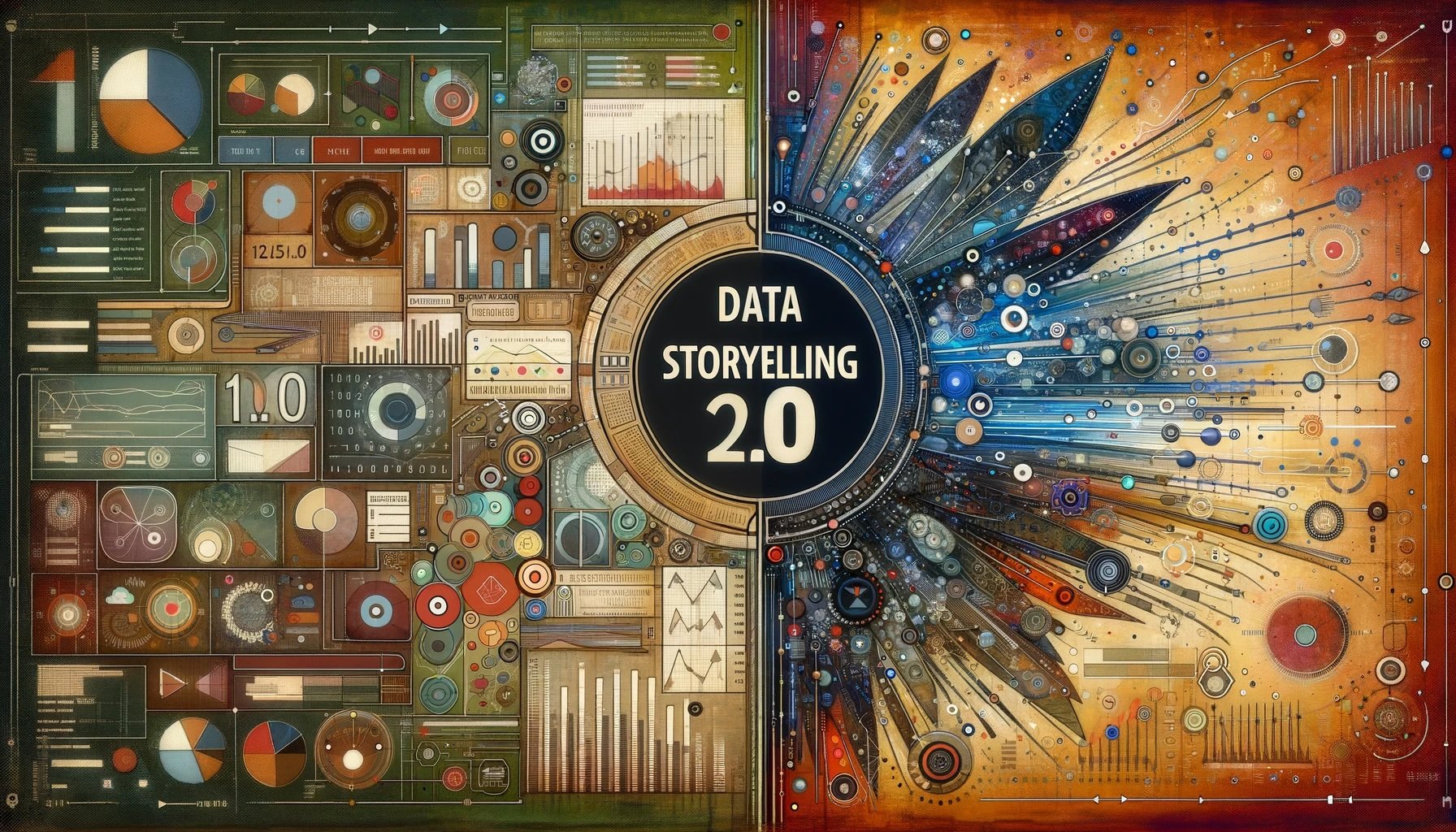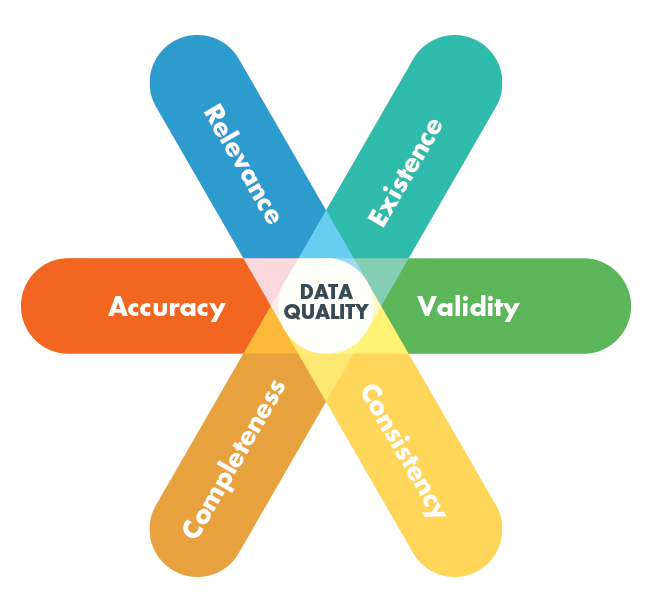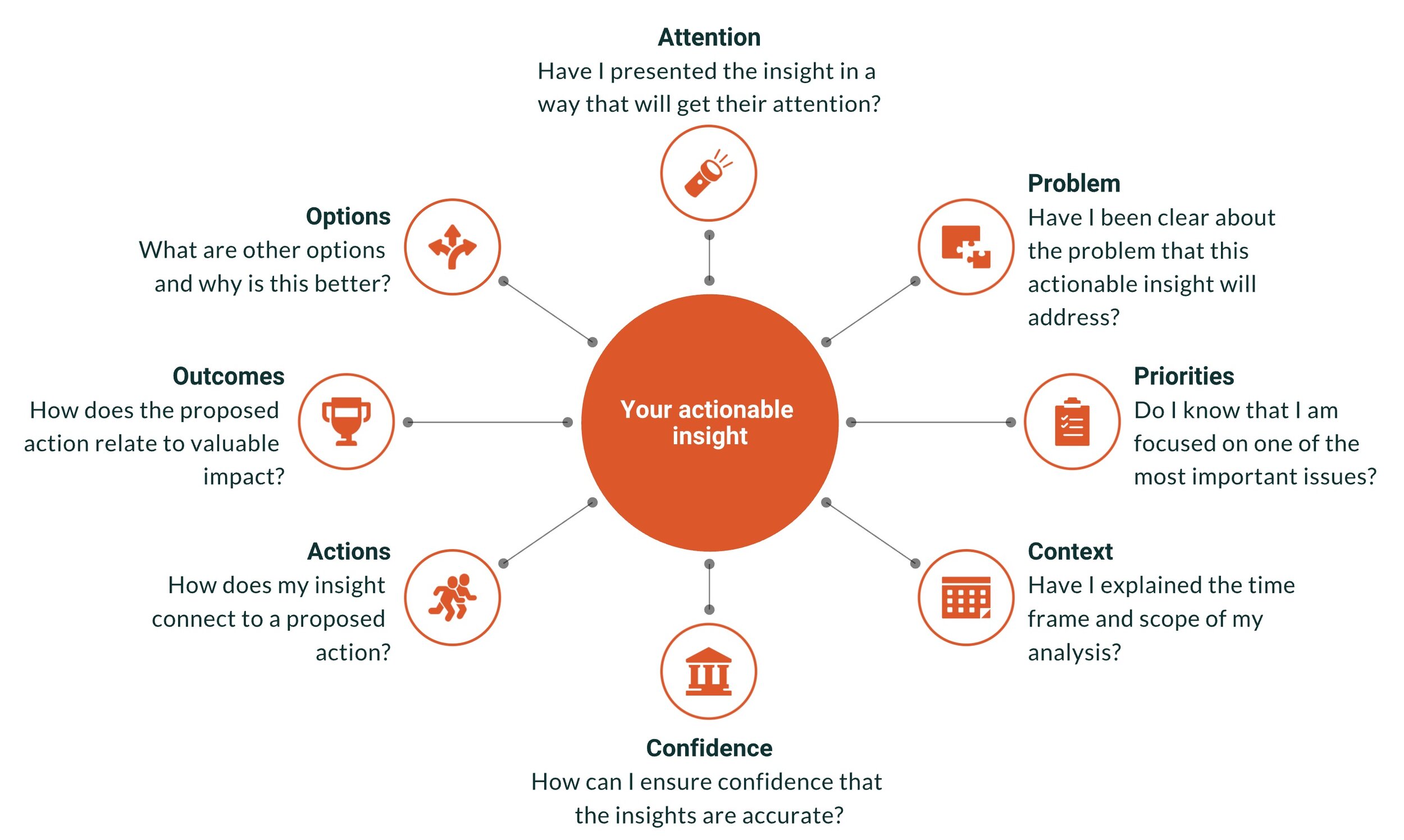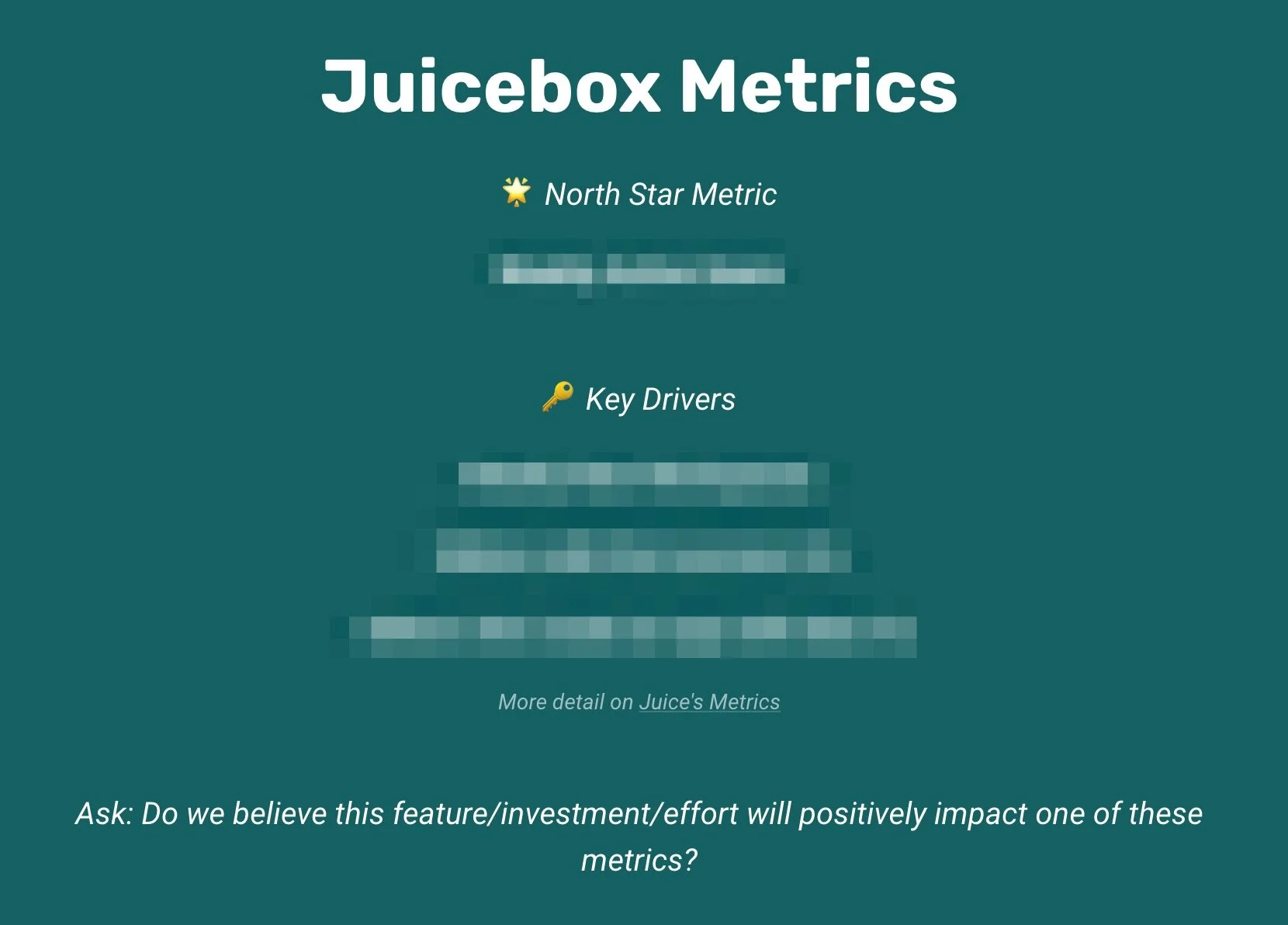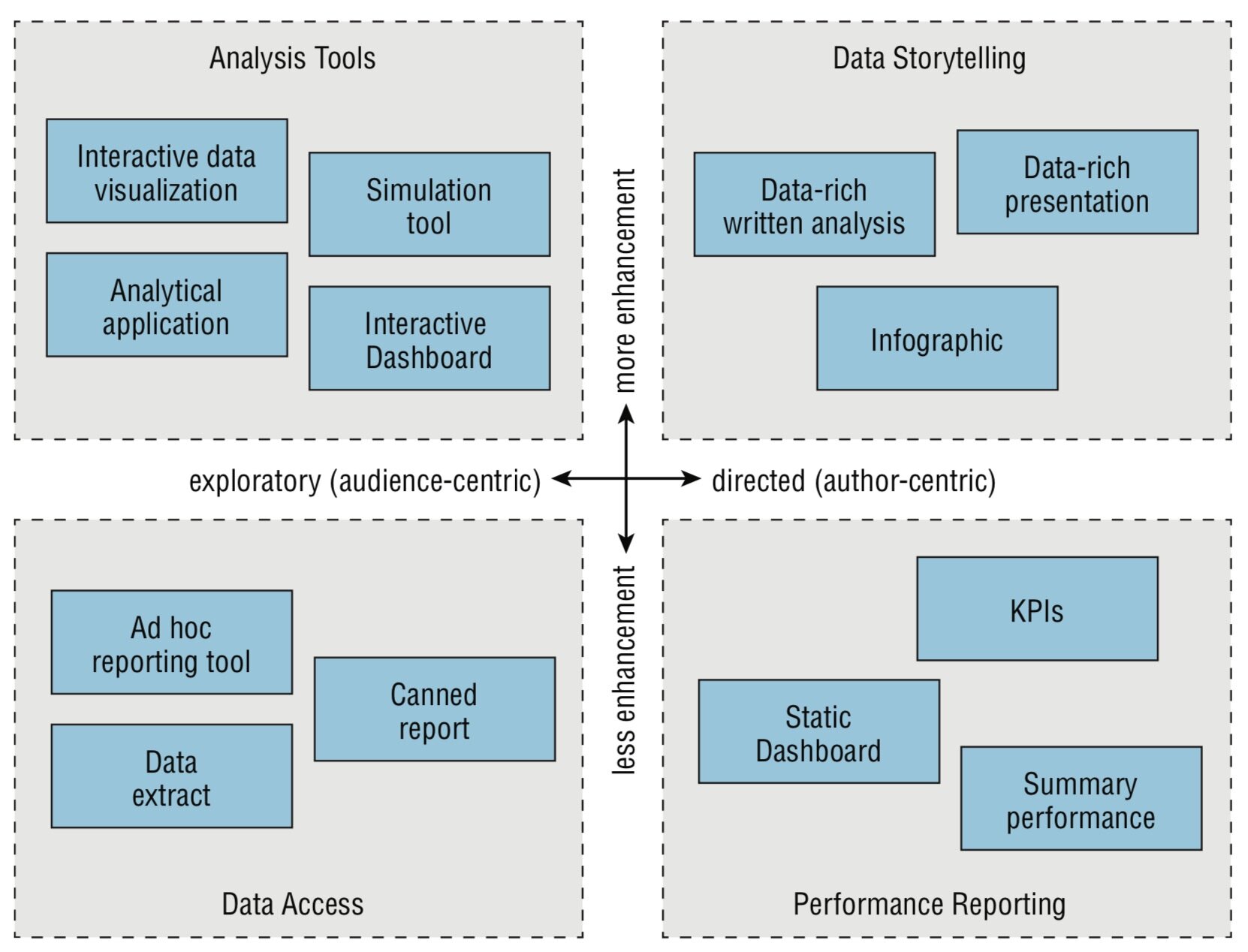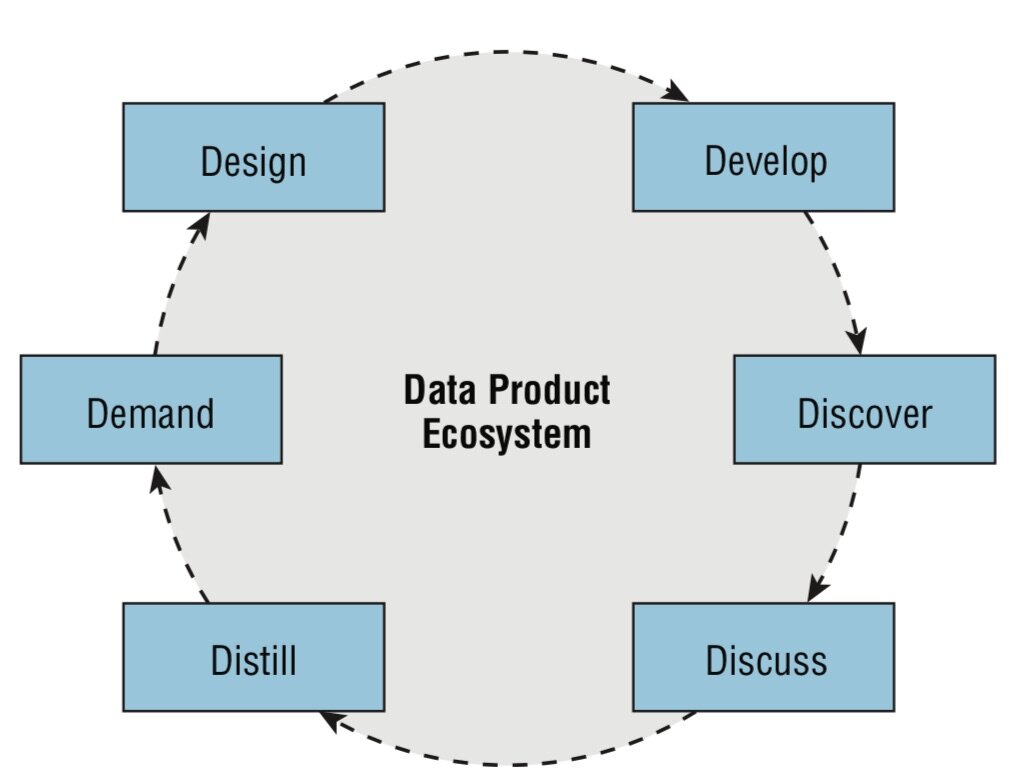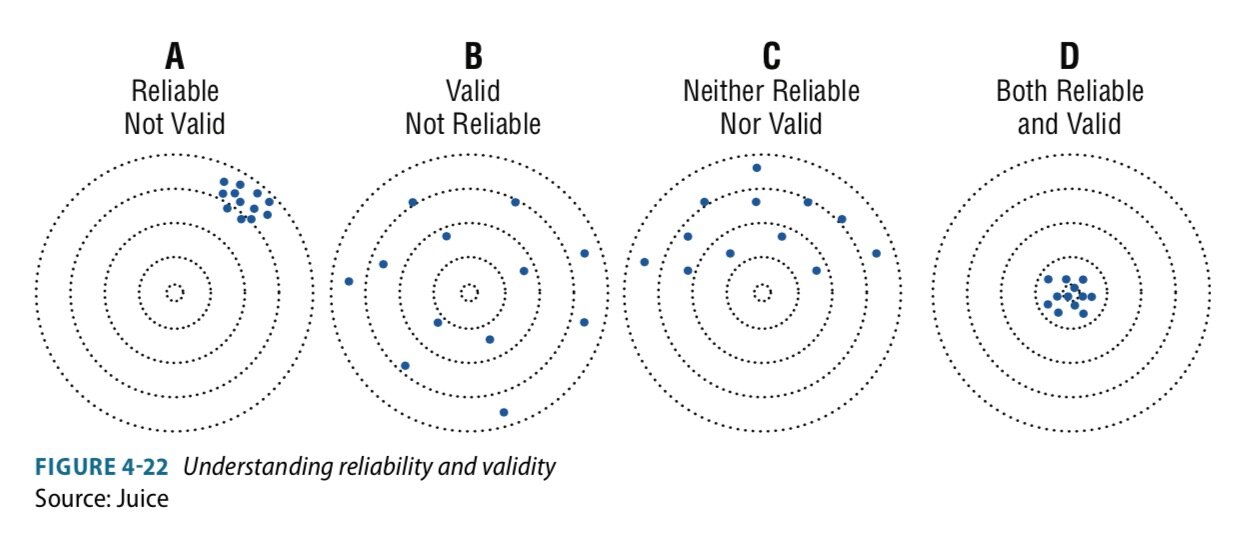Before Matt Damon impersonates an investigator in Ocean’s Eleven, Brad Pitt’s character delivers a little pep talk.
Watch this 40 second clip:
Rusty Ryan (Brad Pitt) explains the rules of undercover conversation to Linus (Matt Damon). From: Ocean's Eleven (2001)
Now imagine yourself giving a pep talk to the next email, PowerPoint slide, or dashboard that you are about to send out.
Presumably, your data is not meant to distort, yet we can gather from this short scene some practical communication tips to improve data-informed discussions.
Let’s break down the key moments.
Be natural.
[Damon takes an unnatural, stiff stance] “No good. Don’t touch your tie. Look at me.”
His first posture is fidgety and self-conscious with an overly professional stance.
First impressions endure when it comes to perceived levels of interest and credibility. Most of us have an uncanny ability to sniff out a fake, and how data enters the discussion is no exception. We’re not computers, so we don’t enjoy an overwhelming data dump of facts, findings, and insights. Two paragraphs and 15 slides in, everyone wonders, “Where is this going? What’s the point?” Messages must be clear and focused and eliminate the unnatural, mechanical chart headings and the unnecessarily complex statistical jargon.
Be honest.
“I ask you a question. You have to think of the answer. Where do you look? No good. You look down; they know you’re lying. And up; they know you don’t know the truth.”
Be honest with what you do and do not know and what data you do and do not have. Your audience expects to have certain questions answered in order to take your information seriously. Your audience wants to both hear and understand answers to questions like these:
How do I know I can trust this data? How was it collected and who was involved?
How exactly is this metric calculated?
I see the number is X, but how do I know whether that is good or bad?
What’s the history of this number and the frequency of its collection?
How quickly does this number usually change?
Why is this useful for me to know? How will it change what I care about?
These questions aren’t novel. They follow the 5W’s basics. Yet they are often either left out or overcomplicated in most data discussions. The goal here is to acknowledge these needs in the simplest, most useful way.
Start with a (very) short story.
“Don’t use 7 words when 4 will do.”
With data, as with words, precision is as much an art as a science. Still, helpful tools exist. Ann Gibson wrote a relevant post and I highly recommend reading the article for all the details, but here’s the magical excerpt:
“Once upon a time, there was a [main character] living in [this situation] who [had this problem]. [Some person] knows of this need and sends the [main character] out to [complete these steps]. They [do things] but it’s really hard because [insert challenges]. They overcome [list of challenges], and everyone lives happily ever after.”
The beauty of this frame narrative is that it provides a structure for those who are too long-winded to focus on the essence of their own message, and it helps others whose ideas tend to dart all over the place to preserve a sequential flow.
Each of these [placeholders] are candidates for data context that help satisfy the previous "Be Honest" section. I mocked up a quick scenario that demonstrates a short story with useful data context:
Set your mark.
“Don’t shift your weight. Look always at your mark but don’t stare.”
You’ve likely heard of S.M.A.R.T. goals before, but are your charts smart? Something as simple as a target value by a specific date on a chart can work wonders at moving towards something tangible. People crave purpose, so set and communicate your goals. But don’t be that presenter who stares incessantly at your metrics and goals.
Be enjoyably useful.
“Be specific, but not memorable. Be funny, but don’t make him laugh. He’s got to like you; then forget you the moment he’s left your sight.”
“Jazz it up,” “Make it shine,” and “Make it pretty” are all phrases you’ve either heard or used yourself. Few situations are more disappointing than when a company tries to overcompensate with their insufficient, irrelevant data by lathering on the “wow factor.” Don’t succumb to making your data memorable for the wrong reasons. For businesses, the goal isn’t memorable chart-junk, but that does not mean your data should be lifeless and shallow.
Don’t leave people hanging.
“And for God’s sake whatever you do, don’t, under any circumstances…”
The worst move you can make is to omit the call to action. End with clear next steps, key questions posed, or an action button that allows your audience to engage with immediacy, while your solid ideas are fresh and ripe for action.









